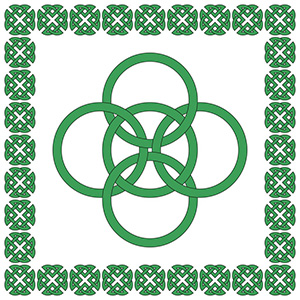More
Text/Call
THE BRIGHIDS CROSS LOGO
I had this Logo designed to represent the Divine feminine, Brighid, the Goddess of Ireland. It has the Chinese Yin/Yang symbol in the centre. It depicts Brighid bringing balance between heaven and earth, chaos and order, light and dark and feminine and masculine. The Divine feminine energy is rising in Ireland and in the world, both in men and women as both men and women have both energies, but were conditioned to be one or the other. The Yin/Yang symbol has a circle made of of dark and light swirls, each containing a spot of the other. Yin/Yang refers to a concept originating in ancient Chinese philosophy where opposing forces are seen as interconnected and counter balancing. The balance of Yin and Yang were seen to influence health and order within an individual, society and the entire universe. Brighid embodies both.
Brighid is best known for her association with healing, poetry and smithcraft. She was highly regarded as a healing Goddess, as can be seen from the numerous healing wells dedicated to her all over Ireland. As a Goddess of smithcraft she governs the element of fire. She is considered the “Bright Goddess” or an Ban Dia geal in Irish. The festival Imbolg on 1st Feb is dedicated to Brighid whose energy also represents new birth, new life and creativity. Imbolg means “in the belly”. May we experience the birth of a bright new way of being, living in harmony with heaven and earth and all human beings.
Celtic symbols found in Ireland
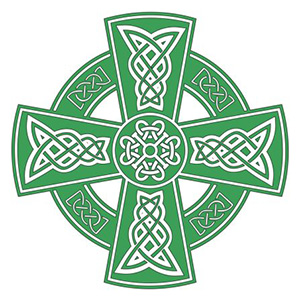
The Sun Cross/Wheel
The Sun cross/wheel is an ancient symbol featuring an equal armed cross within a circle. It is also sometimes called a Solar cross. Traditionaly, the Sun cross invokes the great cosmic powers to bless the earth with fertility, life abundance, prosperity and peace. The cross divides the circle in 4 parts, representing the solar calendar and these 4 parts are marked by the Solstices, Imbolg, Samhain, Lughnasa and Bealtaine.
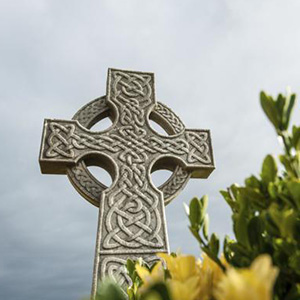
The Celtic Cross
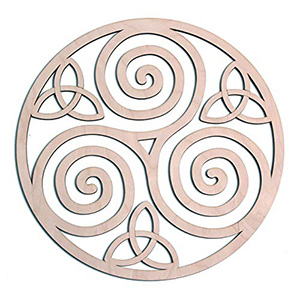
Triskele
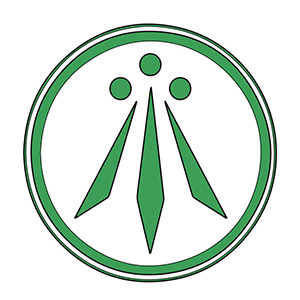
The Awen/Arwen – Three Rays

The Shamrock
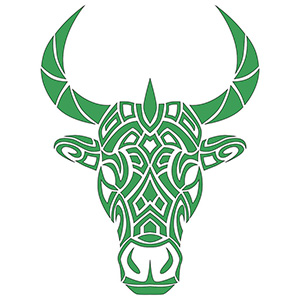
The Celtic Bull symbol

The Harp
